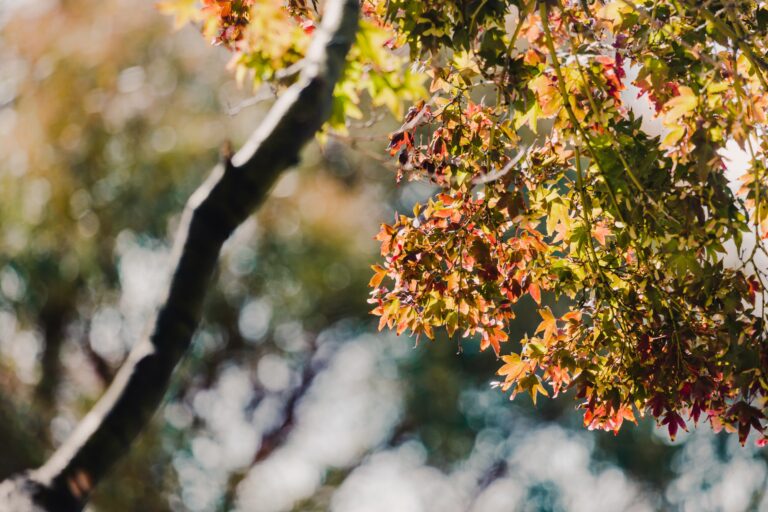When the cold weather sets in, it poses a significant threat to the health and well-being of our beloved trees. Freezing temperatures, frost, and ice can cause damage to their branches, roots, and even the entire tree itself.
However, with proper care and attention, you can protect your trees from the harsh elements of winter. In this article, we will discuss effective ways to safeguard your trees and help them thrive during the colder months.
Understanding the Effects of Cold on Trees
Before delving into protection methods, it’s crucial to understand how cold weather affects trees. When temperatures drop, trees can experience dehydration, root damage, branch breakage, and even frost cracks. These issues can weaken the tree, make it vulnerable to disease and pests, and, in severe cases, lead to tree failure.
Learn about some great evergreen trees for Texas.

Mulch for Insulation
Applying a layer of organic mulch around the base of your trees can provide insulation, making it easier for them to withstand the colder temperatures. The mulch acts as a barrier against extreme cold, ensuring that the roots remain insulated and protected.
Apply a 2 to 4-inch layer of mulch, such as wood chips or shredded bark, around the base of the tree, extending it outwards to the drip line. Be sure to keep the mulch away from the trunk to prevent moisture buildup and potential disease.
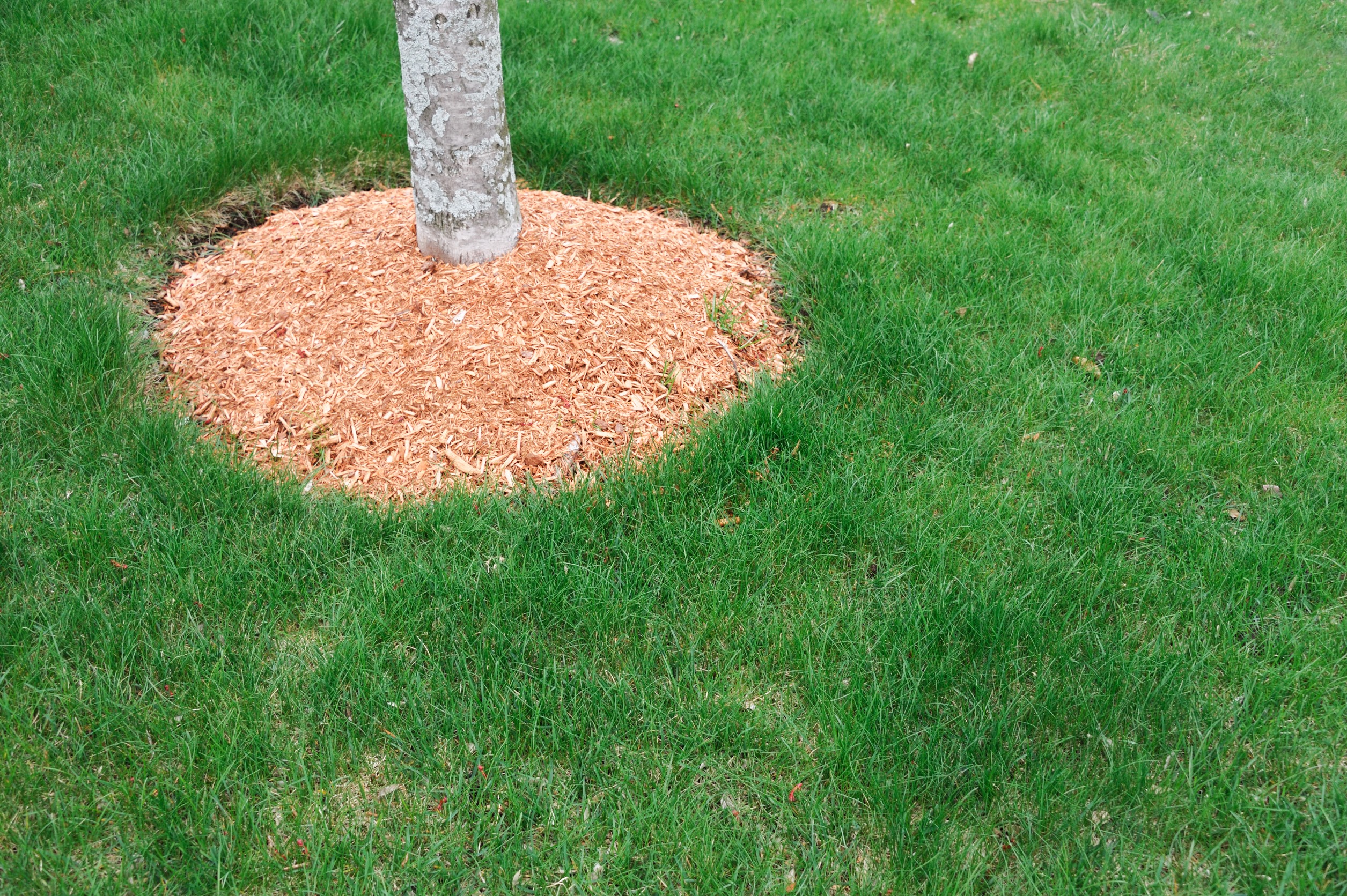
Watering and Moisture Management
It’s essential to maintain proper moisture levels in the soil during winter. While trees’ water requirements might be lower during this time, they still need adequate moisture to remain healthy.
Before the ground freezes, give your trees a deep watering to ensure they have enough moisture to insulate their roots. After a freeze wait about a day to water your trees. This will ensure that the trees have enough time to get their temperature up. Also, remember to periodically check the soil moisture levels during winter and supplement watering as necessary, especially during dry spells or when the tree exhibits signs of drought stress.
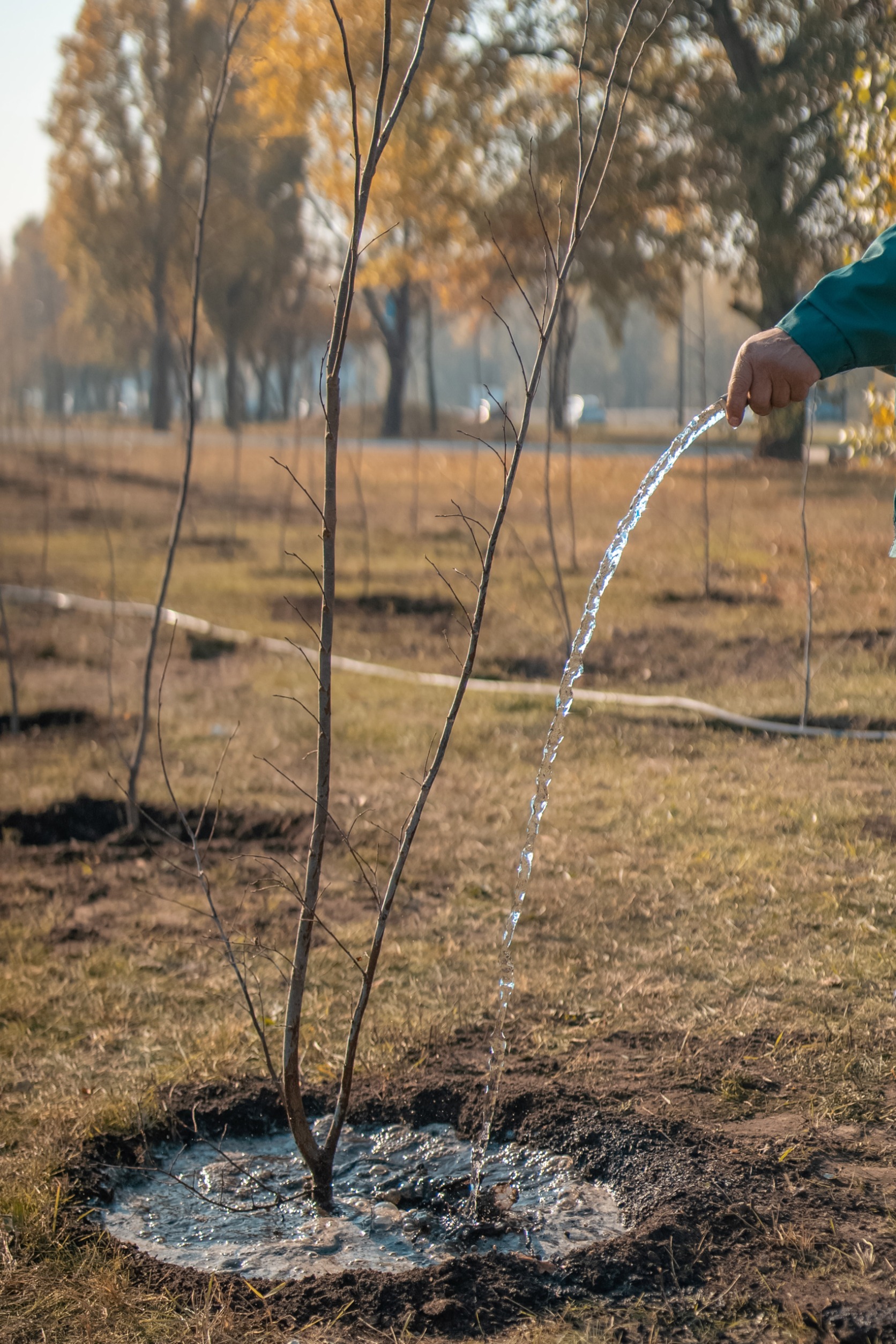
Tree Wraps and Coverings
Tree wraps and coverings offer an additional layer of protection to the bark and branches. These materials shield the tree from harsh winds and extreme temperature fluctuations.
When choosing a tree wrap, opt for a breathable material like burlap or frost cloth.
Leave a portion open to allow ventilation and prevent moisture buildup. Install frost cloths before the coldest part of winter and removed during milder periods to promote airflow and prevent disease.
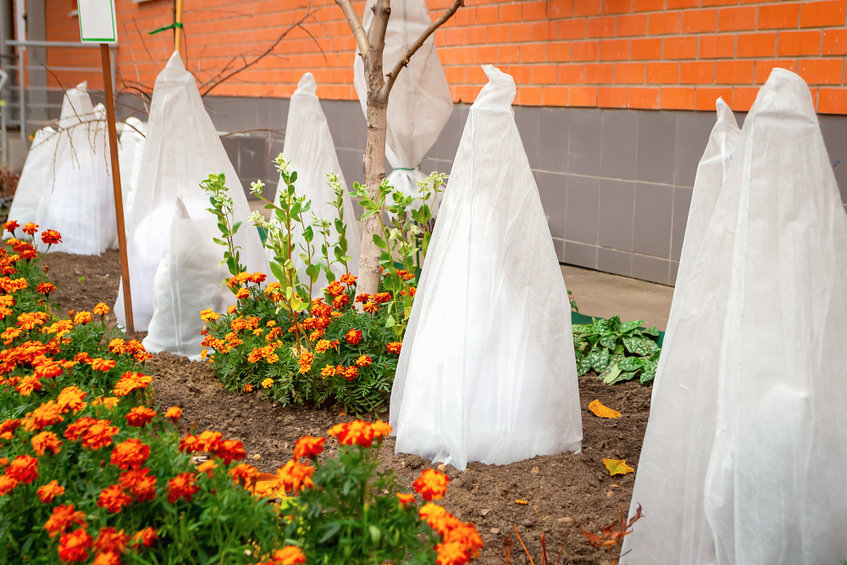
Pruning for Winter Preparations
Pruning and trimming is a vital step in protecting trees from cold weather. Remove any dead, damaged, or weak branches before winter arrives. These branches are more likely to break under the weight of ice or snow.
Additionally, thinning the crown of the tree can help improve airflow and reduce the risk of branch damage caused by storms or ice buildup. Avoid major pruning during winter, as it can stimulate new growth that is susceptible to cold damage.
Read this article published by Texas A&M University for “Tree Care Tips After a Winter Storm.”
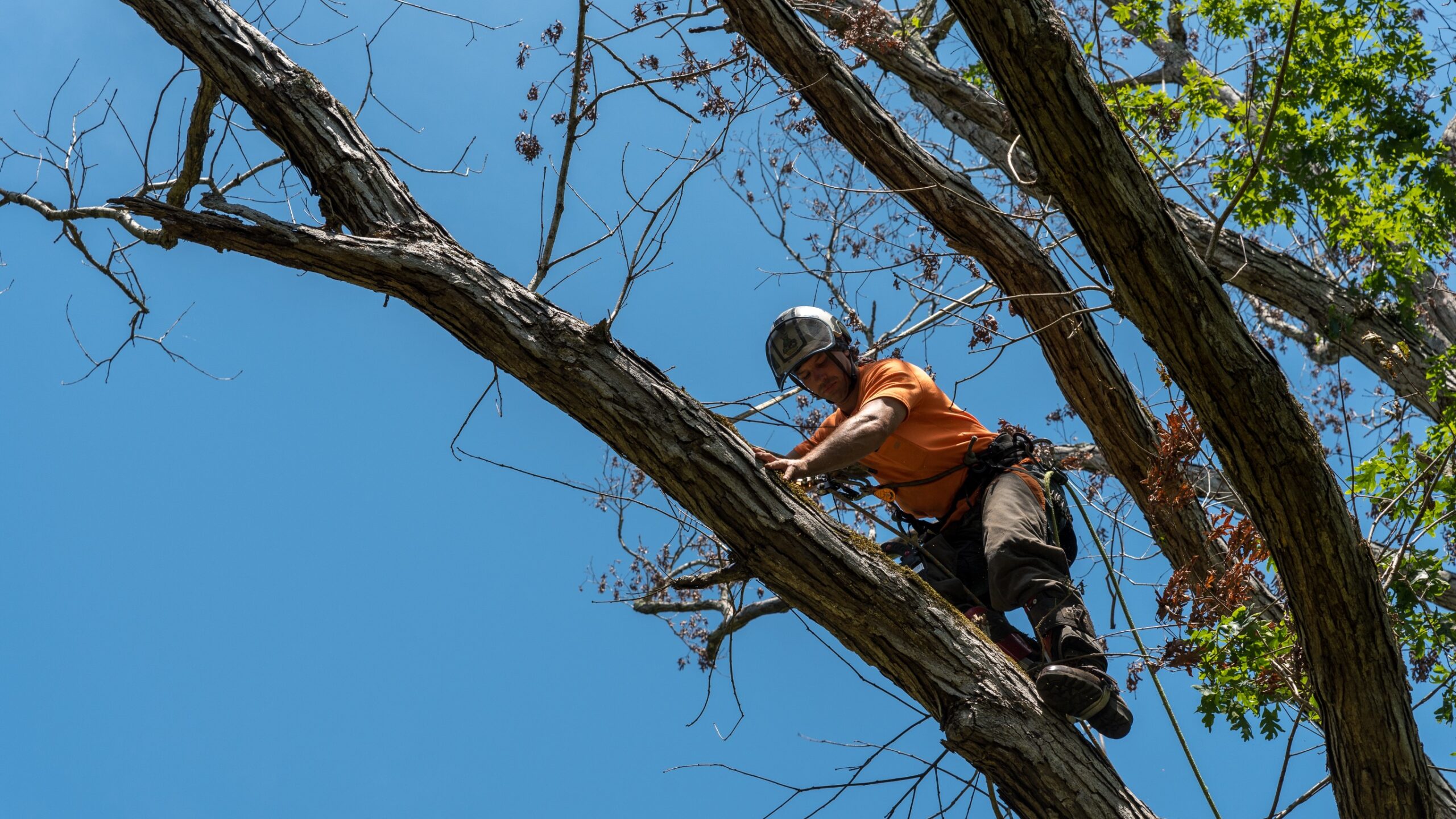
Tree Guards and Fencing
If you have younger or newly planted trees, consider installing tree guards or a protective fence around them. These barriers shield trees from physical damage caused by winter conditions, such as accidental bumps from shovels.
Choose tree guards made of durable materials that can withstand harsh weather and securely anchor them into the ground to ensure stability.
Monitoring and Inspection
Regular monitoring and inspection throughout the winter months are crucial to catching any signs of damage or stress early. Check for any broken or split branches, signs of pest infestation, or weakened areas in the tree.
Promptly address any issues to prevent further damage and promote the tree’s recovery come spring. Contact us quickly if you find yourself in need of a tree removal service.
Click here for more tips on caring for trees in winter.
Conclusion
Protecting your trees from the cold weather requires proactive care and attention. By implementing the protective strategies we have discussed, you will provide your trees with the best chance of thriving during winter.
Remember to monitor your trees closely and address any damage promptly. By taking these steps, you can ensure the health and longevity of your trees, ensuring their beauty and benefits for years to come.

